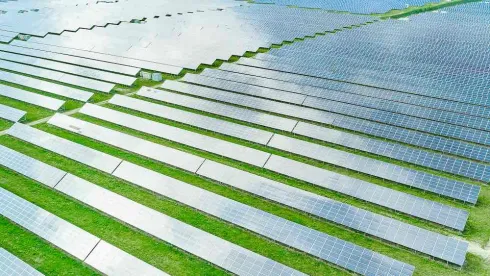Massachusetts has committed to increasing the generation of electricity from renewable energy sources, such as solar power, through a series of laws and policies. As solar energy systems have proliferated, trial courts have been asked to determine the limits of local government power over where large ground-mounted solar energy facilities can be sited. For the first time, the Massachusetts Supreme Judicial Court (SJC) has interpreted statutory language enacted decades ago that exempts solar energy systems from zoning regulation. In its decision yesterday in Tracer Lane II Realty, LLC v. City of Waltham (pdf), the SJC acknowledged the need for large ground-mounted solar arrays to meet the Commonwealth’s renewable energy goals.
Section 3 of the Massachusetts Zoning Act (Section 3) – aptly named “Subjects which zoning may not regulate” – protects certain favored uses from local zoning laws. At issue in Tracer Lane was the ninth paragraph of Section 3, which concerns solar energy systems. The plaintiff solar energy developer owned a large parcel of land spanning two towns: commercially zoned land in Lexington where large-scale solar energy uses were permitted, and residentially zoned land in Waltham where such use were prohibited. The question for the court was whether an access road (for construction and maintenance vehicles and to clear for power lines) could be built over the residentially zoned land.
The SJC moved quickly through a couple of questions that had largely been answered before. The court confirmed that supporting structures and uses fall under the umbrella of a principal use that is itself protected. So here, the access road was deemed part of the protected solar energy facility. The court also confirmed that some uses covered by Section 3 are protected more than others. For example, solar energy systems can be more extensively regulated than educational or religious uses, which can only be regulated in specific, listed ways. However, solar energy systems cannot be the target of a zoning law unless the regulation is necessary to protect public health, safety, and welfare. In this case Waltham’s zoning code allowed large-scale solar facilities in – at best – only 2% of the town’s land area. The court found that this severe restriction had no legitimate basis and that it violated the Zoning Act.
While this may not be the last time the SJC is called on to determine if solar energy systems are being unduly burdened by zoning laws, the Tracer Lane decision does establish some basic parameters that will be helpful going forward.


 />i
/>i

